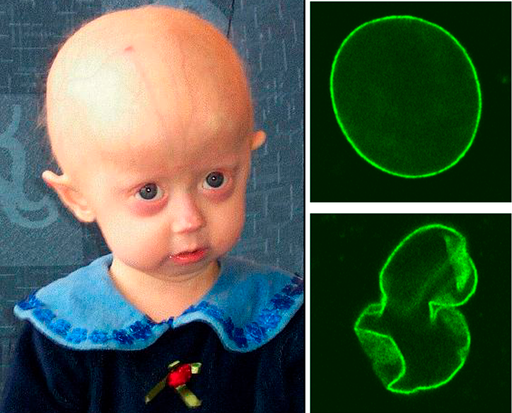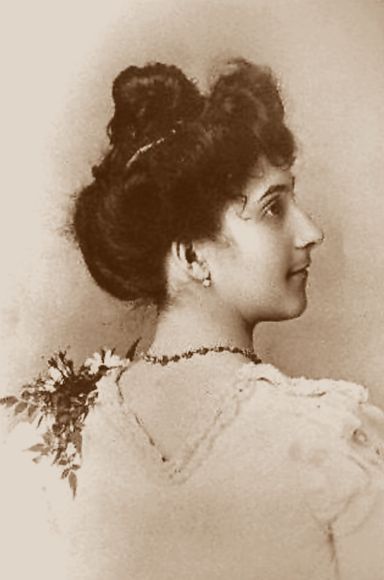Author: Rositsa Tashkova, Master of Molecular Biology and Microbiology
Aging is a natural process that has been embedded in us since the beginning of our existence. But the pursuit of eternal youth and immortality also seems innate to us. Scientists are trying to unravel the mechanisms behind this fundamental process, and in recent years they have become increasingly close to achieving this goal. The next step is to figure out how to reverse the process, or at least slow it down.
Aging Is Not Just a Cosmetic Defect
The aging process undoubtedly affects our appearance, but more importantly,it leads to the development of a number of diseases, loss of basic functions,decrease in quality of life.
Aging affects physiological functions and can be defined as the accumulation of damage in molecules, cells and tissues throughout life. This often reduces the body's ability to maintain homeostasis (balance) in stressful conditions and leads to a greater risk for many diseases (cancer, cardiovascular and neurodegenerative disorders, such as Alzheimer's and Parkinson's) and premature death.
Aging Occurs at the Cellular Level
Cell aging is a process in which cells lose functions - including the ability to divide but continue to release molecules - that damage adjacentcells.
In addition, the researchers found that clearing aging cells [ref. 2] from the brain preserves the mental abilities of mice used as a model of Alzheimer's disease. Several sinolytics [ref. 3] recently underwent early stage of human clinical trials.

According to this theory, the aging process is the result of the inability of different types of stem cells to continue to supplement the body's tissues with full-fledged specialized cells capable of maintaining the initial function of this tissue or organ.
Moreover, the number of stem cells in young people is much higher than in adults, which provides them with a better and more effective mechanism for replacing outdated or damaged cells. In other words, ageing is not a matter of increasing errors in cells, but a matter of failure to replace damaged cellsdue to a reduced number of stem cells.
Food Restrictions for a Longer Life
More and more popularity is gaining 100,000 pounds. "fasting" or more "intermittentfasting" - intermittent fasting [ref. 4]. This is a way of eating, in which either one meal is missed for the day, or in 2 out of 5 days almost no food is taken (up to 500-700 calories per day), and in the rest the meal takes place in the usual way.

In this case, the body switches from glucose as a source of energy to fatty acids and ketone bodies.
In addition, ketone bodies regulate the production and activity of many proteins and molecules known to affect health and aging.
Cells respond [ref. 5] to intermittent fasting by enhancing antioxidant protection, dna repair, protein quality control, creating new mitochondria (energy is synthesized in them), autophagy (removal of unnecessary, damaged and defective cells) and lowering inflammation. Very good effects on the state of the brain and psyche have also been observed.
Epigenetics: Your Way of Life Affects the Longevity of Your Children
Longevity can be inherited through epigenetic changes - that is, changes that affect genes without altering the basic sequence of DNA. These factors are influenced by a variety of environmental factors, lifestyle,stress, but are also passed on to the next generation.
This suggests that parents' lifestyles and even their behaviour can affect the life expectancy and health of the next generation through mechanisms other than genetic .
Is Resveratrol the Elixir of Life
Since its discovery in 1939, more and more studies have identified its beneficial effects on health and longevity, both in vitro (in laboratory cells) and in vivo (in living organisms) [ref. 6].
It has been found that resveratrol can limit the release of inflammatory molecules contributing to cardiovascular disease. Some suggest this finding resolves the "French paradox" - that some European nations consuming large amounts of wine - have a low rate of cardiovasculardisease, even though their diet is high in fat.
Resveratrol is amazing in that it regulates many key enzymes [ref. 7] in a way that improves health andlongevity.

Unfortunately, it has also been found that resveratrol is poorly absorbed by the body and has a short half-life when it is relied upon to source it with food or wine. Scientists are working on modified forms of the substance that are just as non-toxicbut digested better.
What Is a Telomere and Why It Is Relevant to Aging and Health
Our genetic material , DNA, is organized in the form of chromosomes, the ends of which end with protective structurescalled telomeres [ref. 8].
Progressive shortening of telomeres leads to aging, apoptosis (programmed cell death) or oncogenic cell transformation, and this negatively affects the health and life of the individual. Shorter telomeres are associated with increased incidence of diseases and poor survival.

Credit: WassermanLab, Wikipedia
The rate of telomere shortening can be increased or reduced by lifestyle . Better diet and activity choices have great potential to reduce telomere shortening rates, leading to delays inage-related diseases and prolongation of life [ref. 9].
Factors that shorten telomeres at a greater than normal rate and lead to aging are: obesity, smoking, dirty air , stress, diet rich inpolyunsaturated fats, excessive protein intake, immobilization.
What to Include or Exclude from Your Menu
A study by Cassidy et al. [ref. 10] it was found that the length of the telomer was positively associated with dietary intake of fiber and negatively related to waist circumference and intake of polyunsaturated fatty acids with food, especially linoleic acid.
A decrease in protein intake (protein) in food also seems to increase longevity. In one study, a decrease in protein content in food by 40%, which led to an increase in the life of rats by 15%. [ref. 9]
Food rich in antioxidants - such asvitamin C, E, beta-carotene and omega-3 fattyacids - also helps preserve longer telomeres.
Read more in the article Why .

Caloric restriction, or in other words, the smaller amount of food, lowers oxidative stress and DNA damage, which in animal studies has led to a 66% prolongation of their lives. [ref. 11]
Exercise Brings Youth
One of the ways in which exercise helps us stay young and healthy for longer is to reduce harmful fats and eliminate waste productsfaster , resultingin reduced oxidative stress and preserving DNA and telomeres.
Exercises are associated with increased activity of the enzyme telomerase (it helps to build up telomeres) and suppression of several proteins- associatedwith programmed cell death - apoptosis.
It has been found that in the cells of athletes there is increased activity of the enzyme telomerase and reduced shortening of telomeres, compared to people who are not athletes [ref. 12].

It seems that exercise is associated with reduced oxidative stress and increased expression of proteins that stabilize telomeres, and can therefore reduce the rate of aging and age-related diseases.
Progeria: Children Who Seem to Age Very Quickly
Progeria [ref. 13] is an extremely rare genetic disease that occurs as a result of mutation , not heredity. It is thought to affect about 1 child in 4 million. It begins to manifest itself noticeably at the age of 1-2 yearsand the symptoms are similar to those of aging .
Sometimes this name is called Hutchinson-Guildford syndrome. In 2003, the cause of progeria was detected – a gene mutation at 1824 of the LMNA gene,in which cytosine is replaced by thimine.

A child suffering from Hutchinson-Guildford syndrome. In green above: normal cell nucleus; below: cell nucleus of a suffering person with the syndrome. Credit: The Cell Nucleus and Aging: Tantalizing Clues and Hopeful Promises. Scaffidi et al.
Genetic Causes of Aging and How Centenarians Reveal Them
The oldest person whose age is well documented is the French woman from Arles Jean Louise Kalmann [ref. 14] (born February 21, 1875. An interesting phenomenon is longevity in women - most of the centenarians [ref. 15] are precisely women.

Jean Louise Calman in 1895.
Centenarians are an extremely interesting object for research by scientists who deal with aging, since their life expectancy is sometimes almost twice that of people born at the same time.
In addition to lifestyle, genes also matter for our life expectancy. [ref. 16]
Despite the interrelationships between these genes and centenarians, much more research is needed to clarify their role and importance.
Read more:









